WORCESTER — Beethoven makes all things new again. And a blazing performance of Beethoven’s 7th Symphony (which Wagner called “the apotheosis of the dance”) makes all new things newer yet.
The concluding work on the Odessa Philharmonic’s program at Mechanics Hall last night was a blisteringly paced, wondrously energetic performance of Beethoven’s 7th, and it transformed a routine, competent concert into an amazing and joyous experience.
You can tell when a touring orchestra suddenly begins to cook. The smiles and nods across the sections last night signaled something very special was happening. You could read it on the musicians’ faces and in the hand motions of conductor Hobart Earle. What had seemed excessive gyrations in the previous offerings suddenly became spot-on leadership of collective inspiration. Earle drew radiant playing from his woodwinds and brass that justly merited the first call during the subsequent ovation. His string section, made up of mostly female musicians, melded perfectly into that subterranean, throbbing energy that drives Beethoven’s music into ever deeper emotions. One wonders whether the Vienna Philharmonic, that bastion of male music-making, will begin to rethink its gender bias as heat from Odessa streams in.
Maestro Earle’s political skills apparently rival his conducting brilliance. How many conductors could sustain and build an orchestra from regional to world-class status in a newly independent country in the midst of a collapsing empire? Earle responded to the audience’s standing ovation with perfect political pitch by noting the 150th anniversary of Music Worcester Inc. (the performance’s sponsor) and wishing the organization another 150 years. For an encore, the orchestra offered of Johann Strauss’ “Artist’s Life” waltz, and that beguiling lilt only keyed the audience higher, meriting another round of applause and another encore.
A performance that began with reservations — the opening shaky bass and cello work at the start of Schubert’s tender and brooding “Unfinished Symphony” seem to portend a very long night indeed — improved as the strings quickly righted themselves into lush tones. The treatment, however, seemed more or less by the numbers. During the second movement, one could tell vital connection with the audience had been lost as coughs proliferated. Still, the French horn work was impressive in its breath control and capacity.
The second piece, Saint-Saens’ First Cello Concerto, certainly had more flash and nifty virtuosity from soloist William De Rosa. No question about his technique and the tone from his 1739 Montagnana cello, but some doubts about his mannerisms — sometimes the grimaces and open mouth exclamations were distracting. De Rosa plays with authority and panache; his negotiation of the tricky runs that start the piece was flawless, and he could easily achieve a long legato line in the piece’s melodic moments.
But technique cannot camouflage mediocre music. Saint-Saens’ concerto was apparently much admired by Shostakovich, but probably for its rule-breaking properties and not its compositional genius. After an audience gets over its reversed expectations about the structure and flow of a standard concerto, the result is pretty thin stuff.
After the intermission, it was Beethoven to the rescue. And what a superb rescue it was! An orchestra capable of such blazing Beethoven, such magnificent music-making, more or less forced a rethinking of the other offerings. Perhaps the Schubert was subtler than could be immediately appreciated, and maybe Saint-Saens had depths beneath the trivial. Yes, Beethoven makes everything new again.

